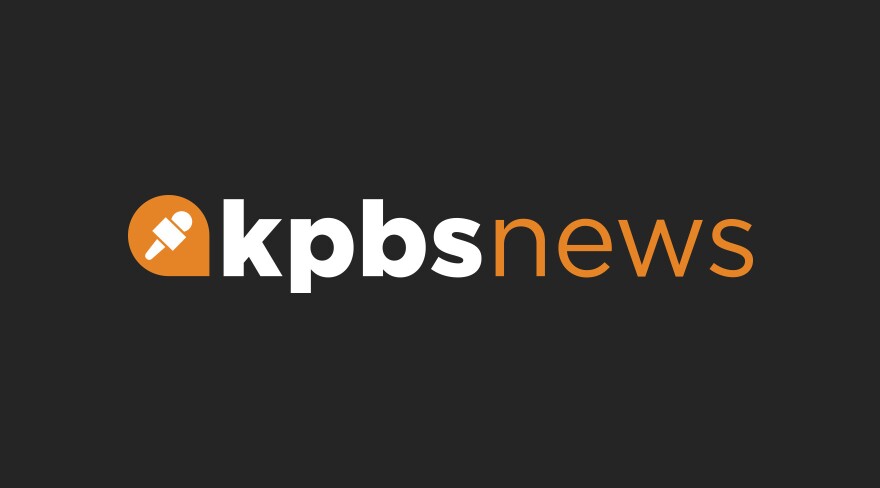Flip to the back of the weekly San Diego Reader and you’ll find eight glossy pages full of advertising for medical marijuana. It and other alternative weekly newspapers across California could have a revenue crisis on their hands. U.S. attorneys from California’s four federal districts began a coordinated effort to enforce federal laws against marijuana, even where activities are legal under state law, and have sent letters ordering many dispensaries to close or face further legal action.
Some alt weeklies, as they are called, get a big chunk of their revenue from advertisements for medical marijuana dispensaries. Jeff von Kaenel, CEO of the weekly Sacramento News & Review, said 30 percent of his paper’s revenue comes from medical marijuana ads. Losing that revenue could significantly hurt his business.
“We, of course, lost some clients during the recession," von Kaenel said. "And the medical marijuana has kind of more than made up for that.”
He added that medical marijuana ads in his paper dropped by half in the week after the crackdown began, on October 7.
Adding to concerns among some alt weekly publishers, U.S. Attorney Laura Duffy, whose district includes San Diego and Imperial Counties, has said that after dispensaries, medical marijuana advertising could be her next target. She subsequently backed away from that statement, saying it is not a priority and that "we are concerned about the nature and the extent of the advertisements we are seeing.”
California’s other US attorneys have given no indication on their stance about medical marijuana ads.







